Blog
Food Photography & Food Styling Tips
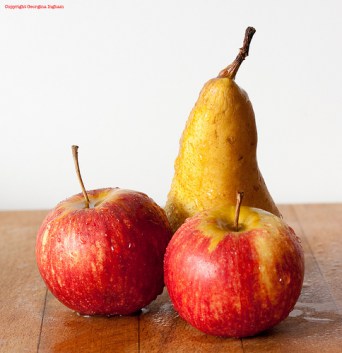
As food bloggers we have to take on the role of chef, writer, food photographer, food stylist and on top of that kitchen cleaner and pot washer. Quite a busy lot aren’t we?
Food styling is a form of artwork in its own right. The job of a food stylist is to arrange and using various techniques make food look perfectly presentable, delicious and tempting prior to its photography. This requires artistic vision and the ability to convey the impression of aromas, tastes and textures through to the person viewing the photograph.
Food stylists often use specialist equipment in order to successfully create the perfect piece of food art as do many food photographers. This would include, a studio or workshop with controlled lighting; backgrounds of different colours and textures, and various props in order to compliment the food without distracting away from it.
Most food bloggers however don’t have their own studios, or professional lighting equipment, or access to pro food stylists.
Here’s a few hints on how you can style your food effectively at home no matter what equipment you have.
In order to style food for photography successfully, the food should first of all be of exceptional quality – it really does show up in the finished photo.
If the food is of a particularly vibrant colour, try using a white plate and a background that will complement that colour.
If the food is smooth surfaced, such as a tomato for instance, introduce texture into the background, if the food is textured go for a smoother background. This will ensure the food is enhanced in appearance but not dominated.
Balance your colours – two or three colours are often better than one, saying that black & white or highlighting one photographic element can be breathtaking.
Spritzing fruit and vegetables with water can introduce a fresher, dewy look.
Square dishes always look classy.
Smaller is better — small dishes are easier to fill up with food, which prevents your plate from looking bare, but, remember scale down the cutlery size to match.

Plan for a variety of shapes and forms, also think about height variations.
Rims on plates can be used to frame your food.
A large rimless dish or bowl can be used for a multitude of serving opportunities, however a rimmed bowl generally doesn’t look so good against noodle or rice dishes.
Serving in the pan can create a rustic look, enamel works perticularly well.
Banana leaves look stylish and exotic for (example) serving ‘dry’ curries.
Glasses or tumblers can be very effective for presenting layered foods, desserts or preserves.
Cups are great for presenting soups and some puddings.
The more wooden boards you have the better – aim for a variety of sizes and colours. They work well for everything from steaks, to breads, to becoming a base for plated foods (of course if you have a wooden dining table this last use is negated).
Do as much as you possibly can ahead of time. Food should be photographed as soon as possible after preparing, which means you’ll need a space for photographing ready to go, an uncluttered kitchen, etc. Here’s what I do before I start cooking:
Clean up, do all the dishes, clear worktops
Pick out dishes
Set camera up on tripod, pick out background
Clear your photography space
Think about the dish: do you need a garnish? Special utensils?
With time and patience and an artistic eye, a great photograph can be achieved. One thing is for sure is that after the amount of preparation that will have gone into the end product it will be essential to create the perfect photograph.
When I first started doing my blog, I had a point & shoot digital camera, no tripod, and I got on just fine.
In fact I still own a point & shoot camera for those times when I’m out and about and want to be able to take photographs without having to carry a large SLR or when time is of the essence. The camera in question? Leica V-Lux 20. This Leica was billed as an effective digital compact camera with a powerful 12x optical zoom lens and built-in GPS tagging, making it ideal for recording special memories when travelling, wherever you are in the world, and that is exactly how I plan to use it.
The V-Lux 20 offers fully automatic functions and specific ‘screen’ options from sports, to food, to night shots and many, many more. It also provides a complete range of manual shutter speed and aperture settings for more creative freedom and image control. In addition, the integrated image stabilisation assists the photographer by reducing the chance of blurred pictures, whether due to camera shake or difficult lighting conditions.
If you are interested in investing a little money in your photography, I’d highly recommend getting a digital SLR (single-lens reflex) camera and a trusty lens or two. There are a lot of cameras on the market, but most people find themselves deciding between Canon and Nikon. I happen to shoot Canon (50D), so my recommendations will be for Canon products, since that’s what I know.
With an SLR you’ll be able to use different lenses, change your aperture and shutter speed, set your white balance, shoot RAW–pretty much everything you’ll want to do to take your photography to the next level.
There are a lot of lenses you can get that will work for food photography and that choice is often daunting. These are the ones I use most frequently for food shots:
Canon 50mm 1.8 If you’re on a budget and can only buy one lens, I’d recommend this one. It’s cheap compared to other lenses, and is a very “fast” lens. A fast lens is one that has a very wide aperture that creates nice depth of field and can be used in low-light situations (more on that a little later). The downsides – slow, loud auto-focus, a cheaply built plastic body, and cannot focus very close to your subject.
Canon 60mm 2.8 Macro A macro lens allows you to really get in there and focus closely on your food (or whatever) and get details you’d be hard pressed to get with another lens. This is (like the 50mm 1.8) a fast lens. I shoot the majority of my food photos with this lens, and I’d say if you only were to buy one lens for food photography, this lens (or another similar macro lens) would be your best investment. If you ever plan to upgrade your camera to a pro camera like the 5D be aware that this lens won’t mount onto it.
My next lens purchase will hopefully be a tilt-shift, oh how I crave that moment, one day.
Lighting? I keep reading about light boxes and the like. Do you need one? No! You don’t need to invest in lots of studio equipment to get great images. The very best lighting you can get is free, and it’s coming through your windows every day. What you do need is to assess the lighting and work around it – this just means that you might have to change photographic locations at some points in the day, or if possible do your photography at specific times (hard I know). For example, most of my morning photography shots are taken in my lounge where as anything done after about 2pm (weather permitting) is done in the kitchen. Use whiteboards and possibly reflectors to bounce the light around as you require. That’s it! Well, almost.
Since I shoot with natural light only, a lot of times it’s slightly too dark to hand-hold my camera and get a clear image. Use a tripod and you’ll be amazed at how much better your photos get, even with point & shoot cameras. If you have yet to invest in a tripod, balancing your camera on a can of tomatoes or a pile of books can save the shot. Tripods very drastically in price, but you really don’t need to spend fortune. I’d advise you get one with a ball head as it allows for more flexibility in movement.
Another trick to prevent movement/camera shake is to use the 2 second delay timer. This allows you to be able to step away from the camera before the shot is taken, reducing the risk of accidental movement. Oh and turn off image stabliisation if sing a tripod too.
Key lighting points:
Using natural light is probably the number one thing you can do to improve your photos.
Turn off the flash. Never use it! A flash will at best make your food look flat and at worst wash out all the details and create unappealing shadows.
I find side-lighting to be the most dependable and easist to expose for. Back-lighting can be very nice, but is harder to manage the correct exposure. Full on front-lighting can work well, but is hard to get right. Experiment with everything – afterall you are working with digital and can just erase shots you don’t like – not like you have to buy the films now is it?.
When using natural lighting, don’t place your food in a sunbeam. You want ambient, diffuse light. Things shot directly in the sun usually look too harsh, but again, it can sometimes work depending on the shot. In my opinion, the “safest” set up is diffuse side-lighting coming from nearby window.
Take lots and lots of photos. When you think you’ve taken enough, take a few more. Again remember you can whittle the number down in the editing process. I think I average around 50 photos taken per recipe, and then whittle them down drastically to just a handful for each post.
I always find it funny how one shot can be “meh”, while another shot take from a slightly different angle, or with a slightly different focus, can suddenly become “WOW!” The best way to ensure you get “the killer shot” is to take lots and lots of them. Taking lots of photos allows you to be very, very picky when you’re editing, ensuring you never have to post a photo you dislike.
If you have a point & shoot camera, look for a setting that is marked with a little flower. This is your macro setting, and it will help your lens use the best of its close-focusing and detail capabilities.
If you are working with an SLR with more settings to choose from, here’s what I recommend:
ISO: Set to the lowest possible, probably 100. The lower the ISO, the “cleaner” your image will be. Photos shot at higher ISOs have a lot of digital “noise” in them that looks like colorful static. Higher ISOs are used to increase your camera’s sensitivity to light, allowing you to shoot in darker conditions and still maintain a shutter speed that is fast enough to prevent blurry images. But since you’re using a tripod, and your food isn’t moving, it’s best to keep this setting as low as possible for the best looking images.
RAW or JPG: If you have a choice, shoot RAW. RAW files record lots and lots information about each photo, which allows you to bring the most out of the image in post-processing (editing color, contrast, white balance, etc.). Be aware that you may need special software to process RAW images. If RAW isn’t an option, make sure your camera is set to the highest resolution JPG option available.
Shutter Speed and Aperture: In my opinion, shutter speed doesn’t matter so much in food photography; it’s your aperture, or f-stop, that’s most important. When shutter speed would matter is for “freezing” action, or purposeful motion blur. For example, if you were pouring maple syrup over a pancake and wanted to “freeze” the pouring syrup you would need a fast shutter speed. And lets say you wanted a shot that showed the motion of you tossing a stir-fry you’d require a slow shutter speed. But on the whole, you’ll be more interested in apertures than shutter speeds – you could easily set your camera to aperture priority rather than full manual to make life easier to begin with, without any detrimental effect. If you’ve ever wondered how photographers get that nice, blurry background with only one thing in focus, now you know. aperture! The aperture of the camera is the opening that lets the light in. Think of the aperture on your camera the same way as the pupil in your eye. When it’s dark out, your pupils expand to gather more light. If someone shines a light in your eye, they constrict and get very small to let less light in. Your camera’s aperture is the same. One of the side-effects is what’s called “depth of field.” When the aperture is very wide open, only a small amount of the image will be in focus. If the aperture is very small, much more of the photo will be in focus. By the way, the technical term for the pretty, smooth and silky blurry parts of an image like this is called “bokeh.”

Angle of Shots: For food photography, a lot of times people stand above the dish, take a photo, and that is that. Overhead shots can work very well, but try taking photos from lower angles, even level with the food itself. Close up is great too, but be careful not to go too close! It’s always important to leave some frame of reference for the viewer so they know what they’re looking at, even if it’s just the edge of the plate, or the rim of a glass.
I use Lightroom and Photoshop to process my images, but, there are many other software options out there for you to choose from.
I hope you have found this post useful - go work that plate!
If you have any questions please feel free to comment.



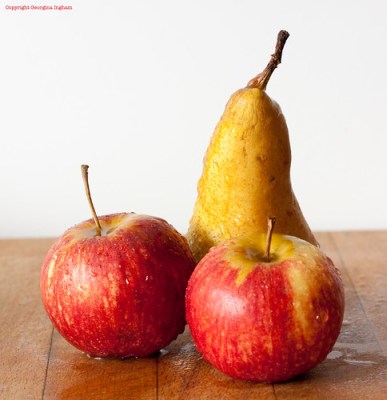




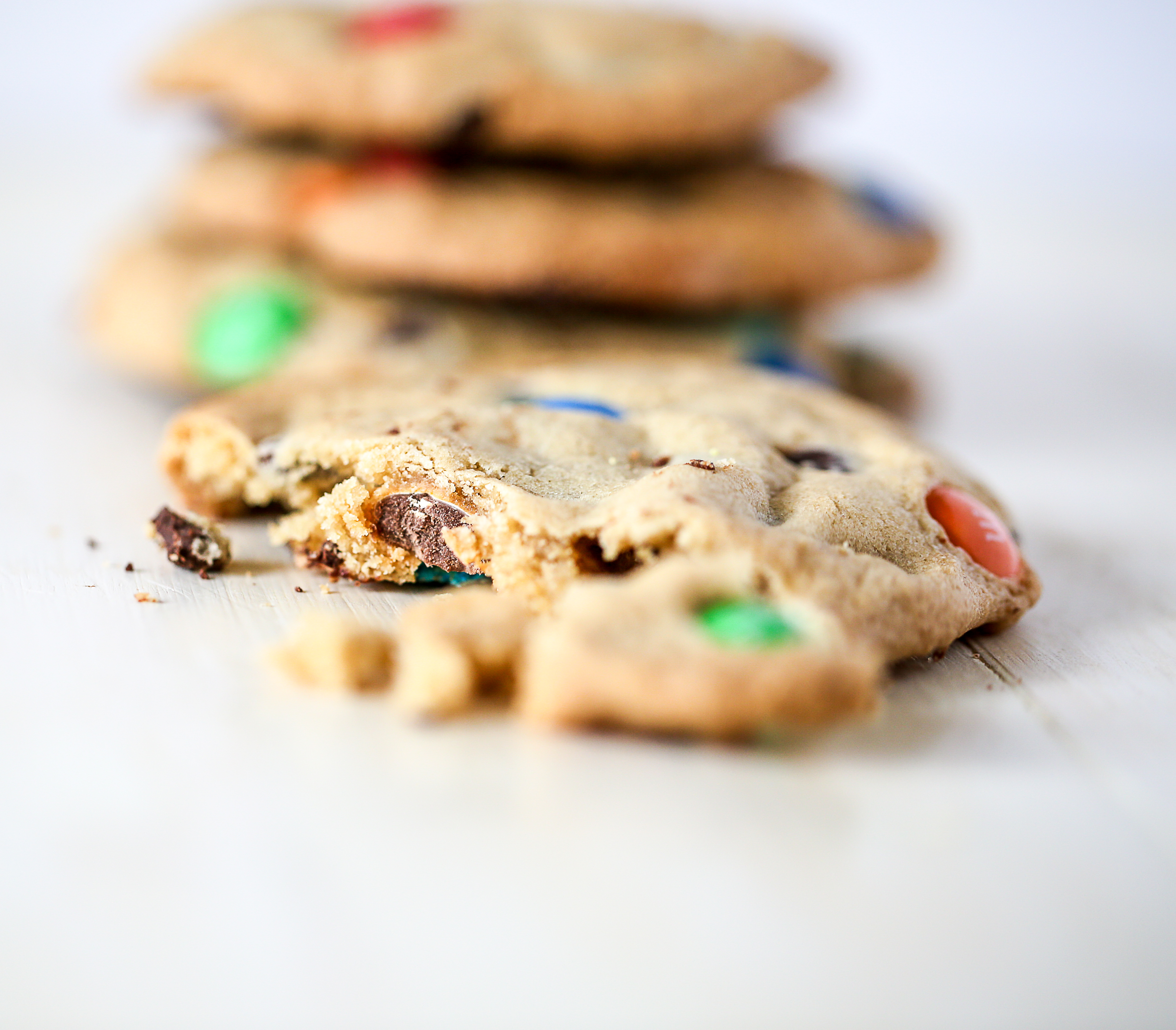
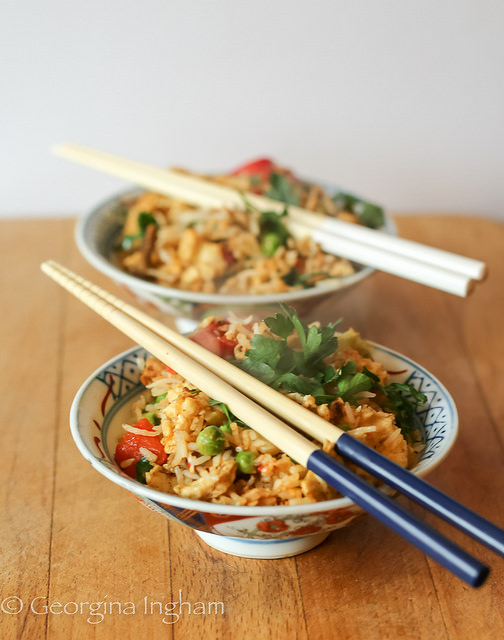
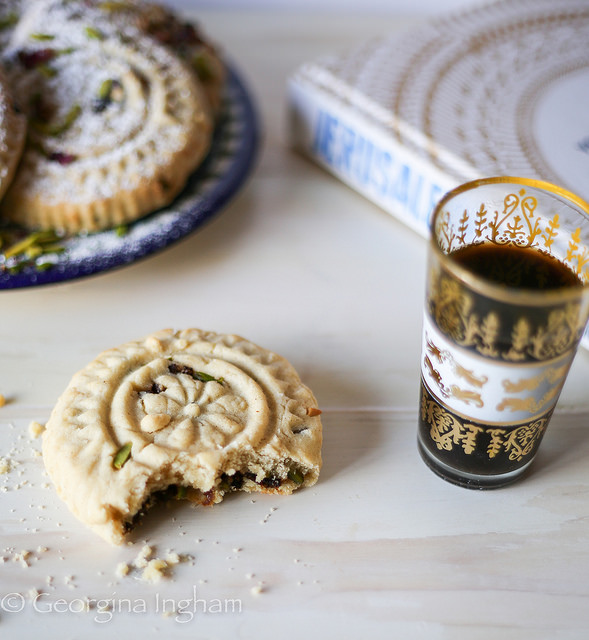





What Our Followers Say
"Oh yum!!! I could eat one or two right now!"
Sami Tamimi
"Such a beautiful pic!"
Nigella Lawson
Our list of things to do in Cork has just expanded hugely thanks to Culinary Travels.
Triskel Art Centre Cork